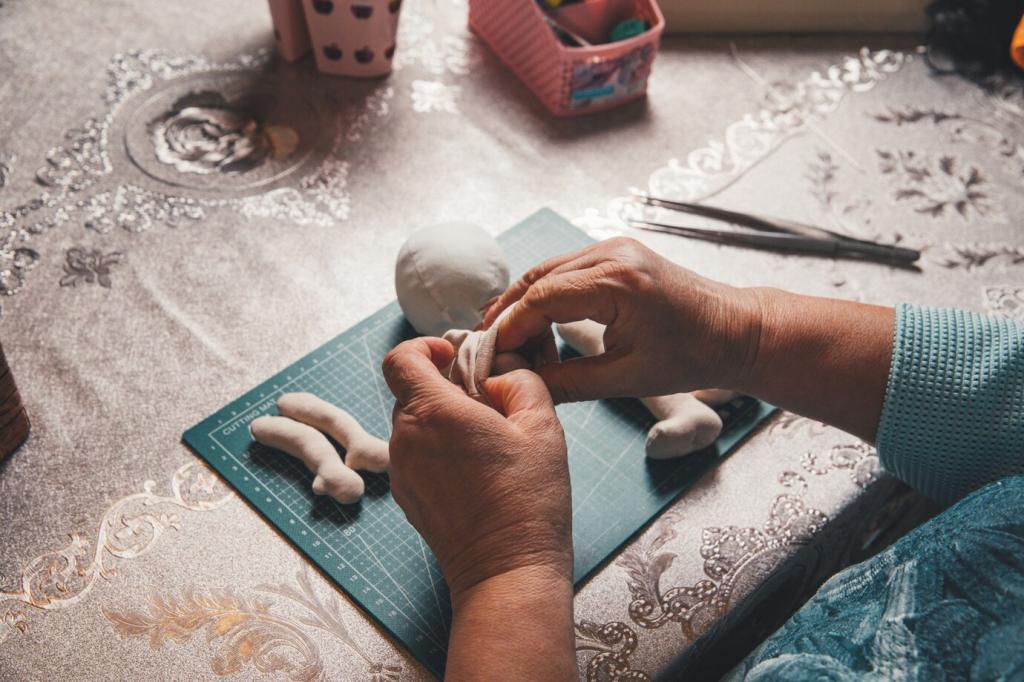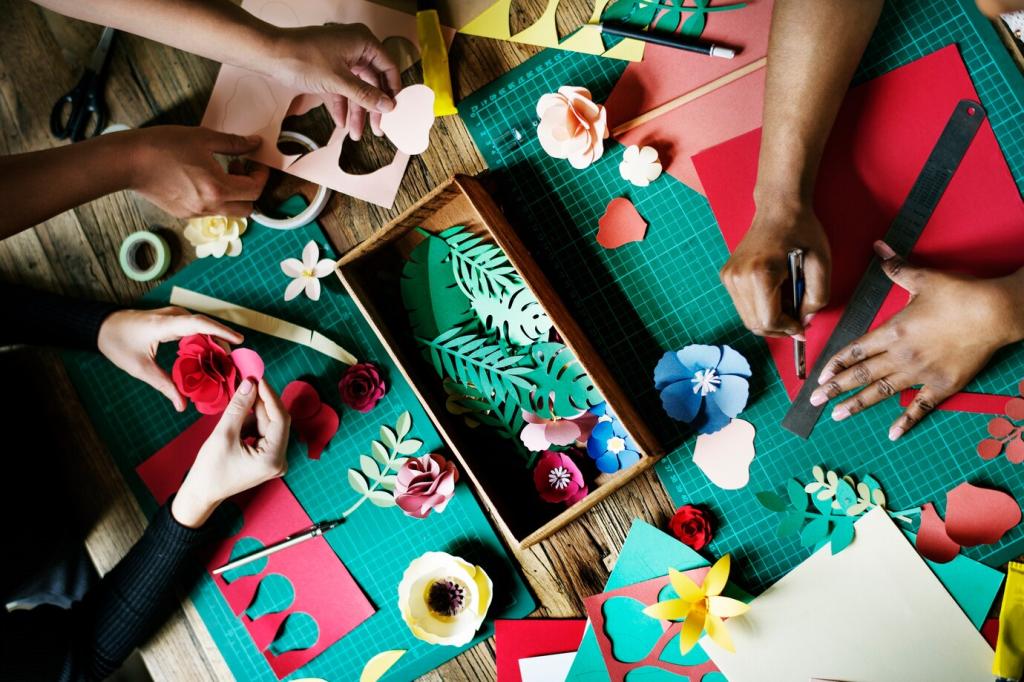Dust, Air, and Your Lungs
Hook high-flow dust collection directly to tools, add hoods at the saw, and position ports close to the blade. Ground hoses to reduce static, and supplement with an overhead filter cycling multiple air changes per hour.
Dust, Air, and Your Lungs
Choose P100 filters for fine particulates; perform a seal check every time. Facial hair breaks the seal, so plan accordingly. MDF and some exotic species irritate lungs—limit exposure and ventilate. Your future self will thank you.
Dust, Air, and Your Lungs
Use a HEPA vac instead of blasting compressed air, which suspends dust for hours. Empty collection bags before they overfill, and keep debris away from ignition sources. If this helps, subscribe for more practical, lung-friendly routines.
Dust, Air, and Your Lungs
Lorem ipsum dolor sit amet, consectetur adipiscing elit. Ut elit tellus, luctus nec ullamcorper mattis, pulvinar dapibus leo.





